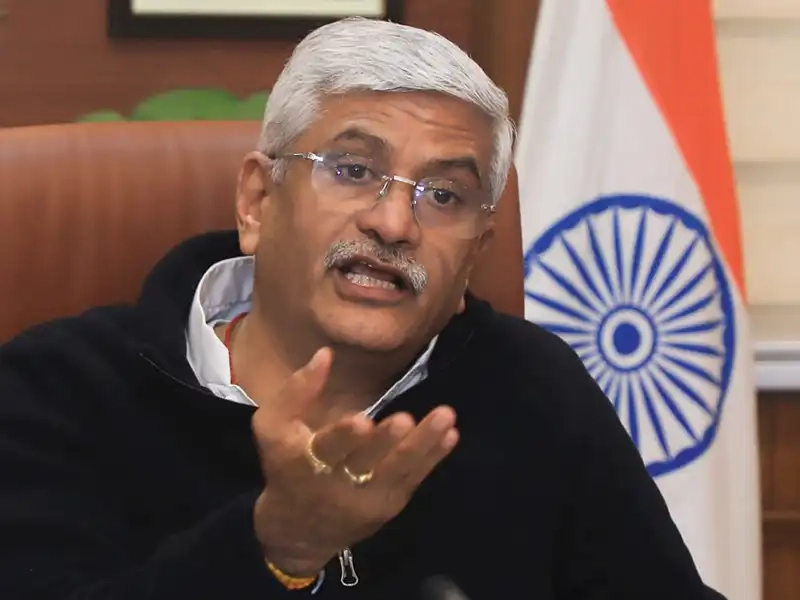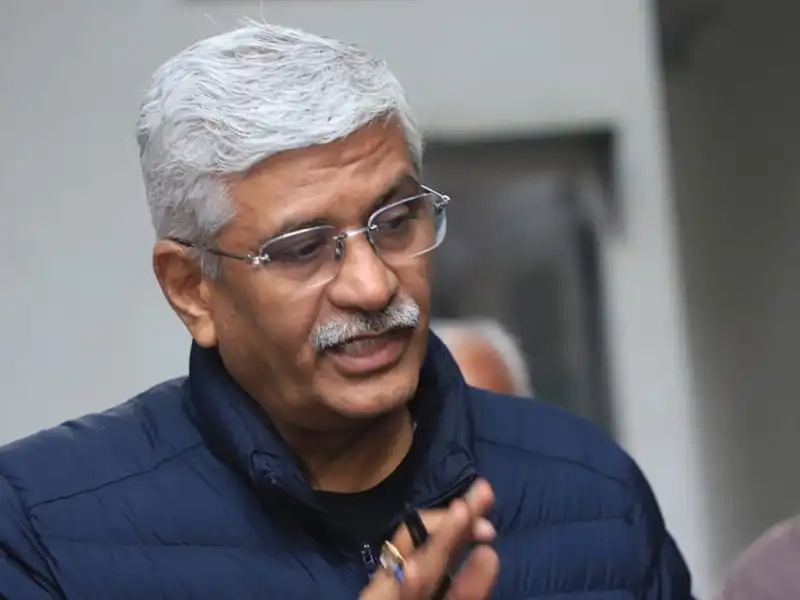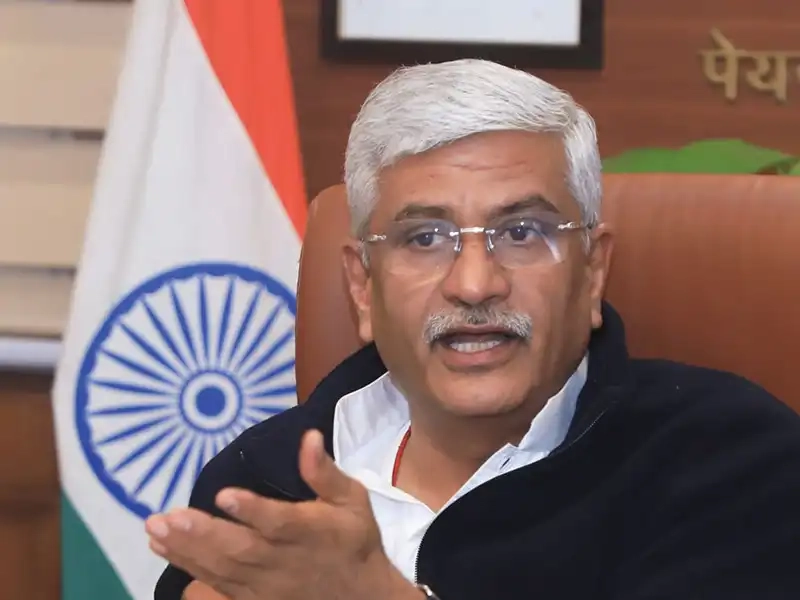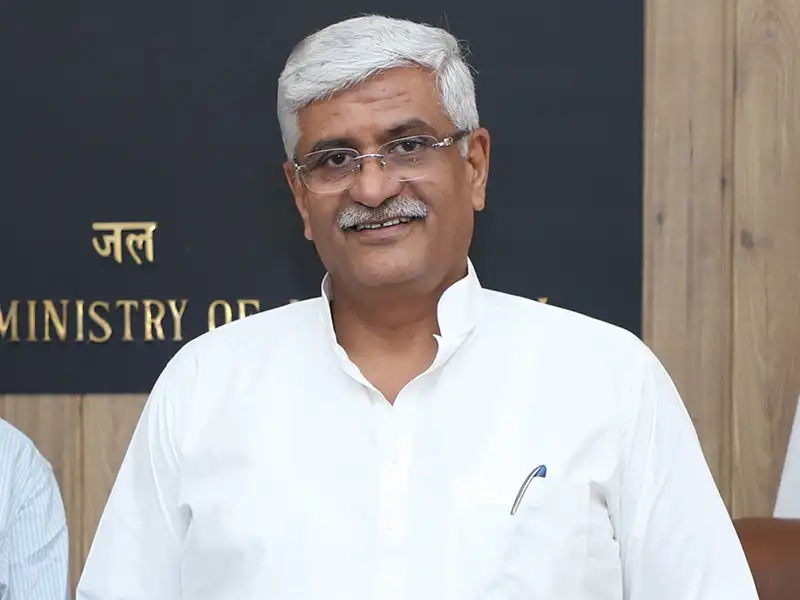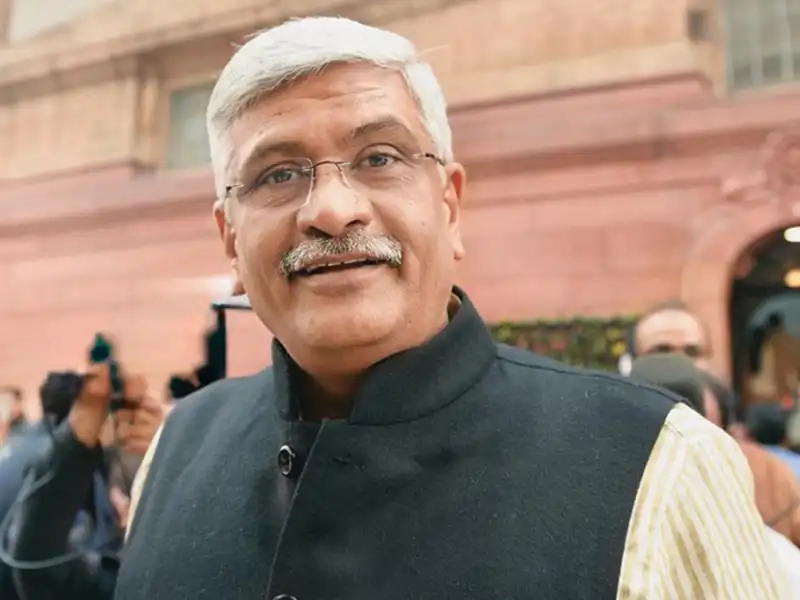Jal Shakti Restoring Water To The People of India
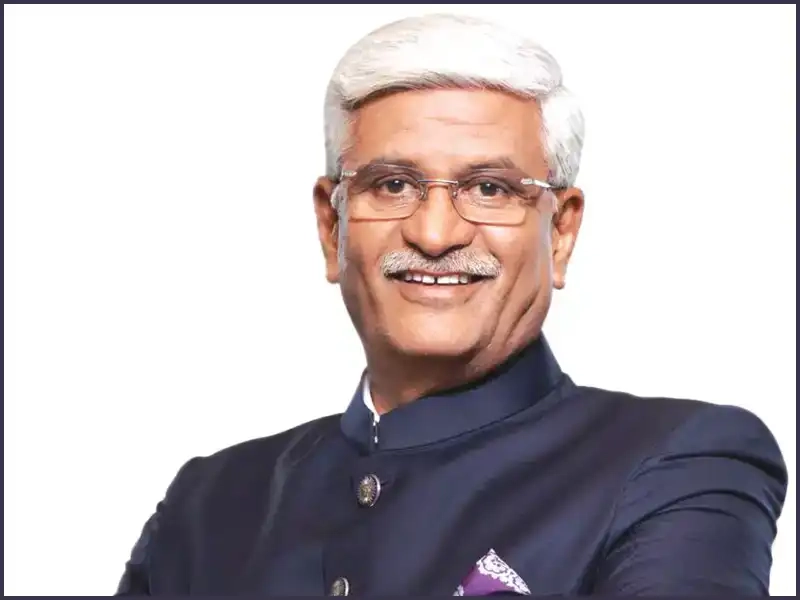
Let me begin by congratulating you on becoming the first minister of one of the most significant ministries (Jal Shakti) and carrying forward the honorable Prime Minister's vision. The global challenge of water availability becomes notably more complex for India due to its vast population. What is your perspective on the water crisis in India, and what measures is the government undertaking to alleviate the situation and ensure a sustainable and high-quality water supply for all purposes and applications?
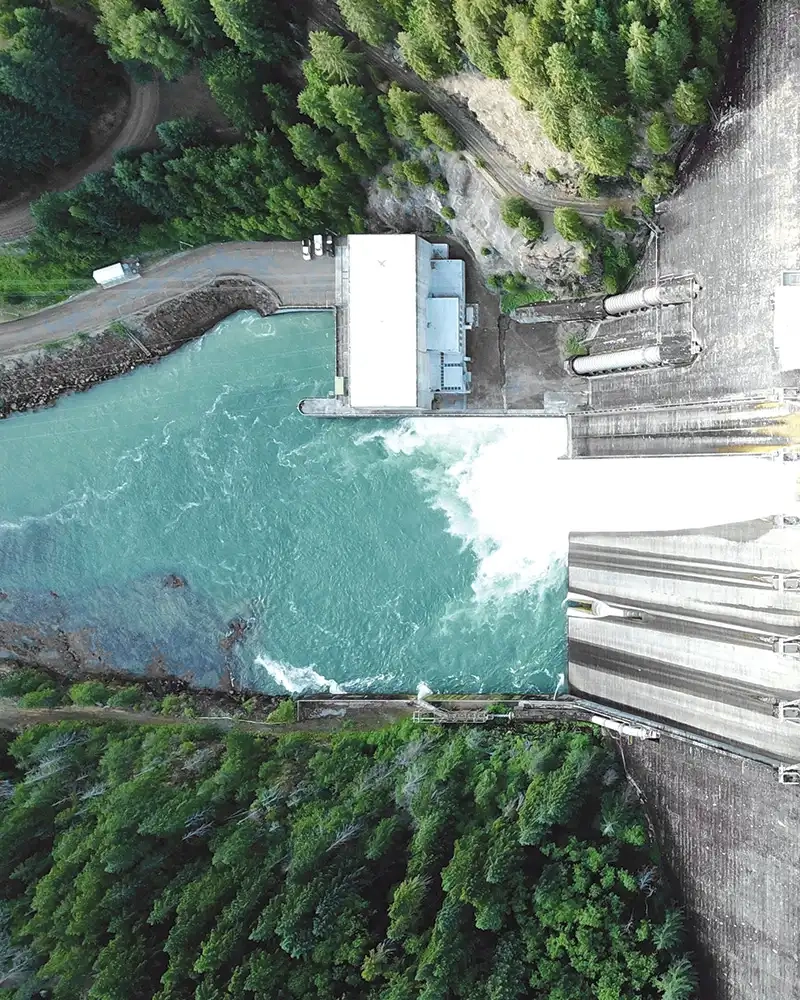 Picture courtesy: dan-meyers-unsplash
Picture courtesy: dan-meyers-unsplashIt is well-known that water resources worldwide are depleting, and India faces unique challenges. The increasing population, and India being the most populous country in the world, is a significant factor. Urbanization is another critical aspect, with India experiencing the highest rate of urbanization globally. Additionally, industrialization and economic growth contribute to the growing demand for water. The correlation between a nation's economic development, water requirements, and energy consumption is evident from the experiences of many countries.
As India aims to become the third-largest economy in the world under the leadership of PM Modi, the need for water is expected to rise significantly. India's case is particularly critical because, except for the Himalayan basin, most of its river basins are rain-fed. Approximately 85-90 percent of the water in these rivers comes during a 45-day period, that is, the monsoon season. Moreover, India faces a unique challenge as its groundwater dependence is the highest globally. The nation withdraws 1.5 times more water than the second-ranked China and the third-ranked America combined. This over-withdrawal has led to continuous depletion and stress on our groundwater resources.
Amidst changing climates and evident threats, rainfall patterns are rapidly changing, leading to erratic and scanty rainfalls. Despite challenges worldwide, India faces even greater obstacles, making water availability a significant concern. The integration of water management under a single umbrella is a step towards ensuring a more coordinated and effective approach to water resource planning in India.
India stands out globally for its substantial investment in the water sector. Over the past ten years, our total investment in the water sector has amounted to nearly 250 billion US dollars.
It has been nearly five years since the Ministry of Jal Shakti was established, and numerous significant schemes were announced by both the Prime Minister and your good self. Please give a brief overview of the progress made on the main projects and missions of your ministry.
The Prime Minister has implemented a comprehensive approach to water management. Over the past decade, efforts have been made to increase irrigation potential by completing long-pending dam projects, some of which were hanging for the past 30-40 years. A total of 107 projects across the country were identified, with approximately 75 of them have been successfully completed. This has resulted in the generation of a new command area spanning 3 million hectares.Additionally, India is undertaking the world's largest dam rehabilitation program with the support of the World Bank, involving a Rs 10,000 crore initiative. Recognizing that more than 25 percent of dams and reservoirs in the country are over 100 years old, a proactive approach is being taken to ensure their safety and functionality. The oldest dam in the country - the Grand Anicut dam - constructed by the Chola kingdom is still active.
Although the longevity of a dam is not directly correlated with its age, maintenance is crucial due to the unique challenges posed by concrete dams. To address this, the government introduced a legislation in Parliament, resulting in the Dam Safety Act. Prior to this, there was no standard dam safety protocol in the country, and as water is a state subject, states were moving in different directions. The legislation provided a unified framework for dam safety, enabling a coordinated approach. Subsequently, the world's largest Dam Rehabilitation Program was initiated, with over 250 dams already completed, and efforts are underway to rehabilitate 736 dams. This comprehensive strategy aims to enhance the safety and efficiency of dams across the country.
In addition to the challenges posed by the highest groundwater dependency globally, and the substantial withdrawal of water, India has initiated a groundbreaking program to address demand-side management for the first time. Previously, the focus was primarily on supply-side management, ensuring the availability of water. Now, efforts are directed towards optimizing the use of available water resources efficiently. Recognizing that agriculture is the largest consumer of water, there is a concerted effort to save water in agricultural practices.
Moreover, the issue of wastewater from domestic use contaminating river water and freshwater resources has been acknowledged. To break this cycle, a pilot program named Atal Bhoojal Yojana, with an investment of Rs 6000 crores, has been launched. This initiative involves public participation in groundwater recharge activities, emphasizing demand-side management.
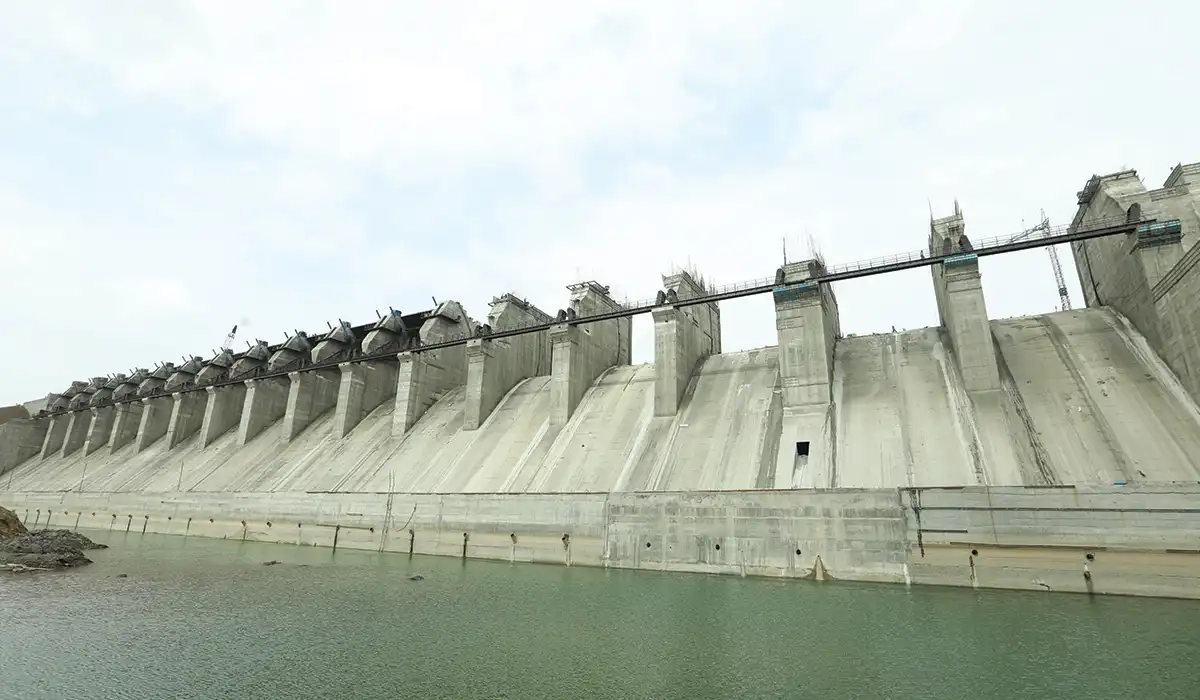
Another critical initiative in groundwater management is the National Aquifer Mapping program. The entire mappable area of 25 lakh sqkm in the country has been mapped. Plans are being developed for each gram panchayat to guide future water-recharge activities, ensuring awareness and tailored initiatives based on the diverse geographical strata across the country.
Simultaneously, a comprehensive program for river water cleaning, under the umbrella of the Prime Minister titled 'Namami Ganga,' has been initiated. Despite the challenges associated with the Ganga being one of the most interacted or human-interactive rivers globally, it has been recognized among the top 10 initiatives worldwide. After the successful completion of the mainstream cleaning of the river Ganga, efforts have shifted towards its distributaries (one, two, three, four, five, six).
Despite limited private investment in the water sector in our country, we have introduced innovative models in contracts to encourage public participation and attract private funding. The hybrid annuity model, where both public and private sectors contribute, has proven successful, particularly in the water spectrum. This approach has garnered positive results in sewerage water treatment and drinking water treatment plants, making the hybrid annuity mode a successful venture.
In the 75th year of Indian independence, named 'Amrit Varsha/Amrit Kaal,' the Prime Minister issued a clarion call for every district to create 75 new reservoirs or rejuvenate old water bodies and structures. The response has been overwhelming, with more than a lakh of water bodies already taken up for restoration or creation. This collective effort reflects a nationwide commitment to sustainable water management and conservation.
How is the Ken-Betwa River Interlinking Project taking shape?
A significant initiative (originally drawn by the late Atal Bihari Vajpayee), involves interlinking rivers. In our country, approximately 13-14 percent of the area is inundated due to floods each year, while an almost equal area faces drought. The proposed solution is to interlink rivers, facilitating the transfer of water from surplus basins to deficit basins.We have identified the links and prepared Detailed Project Reports (DPRs) for these interlinkage projects, which have been shared with the states. Since water is a state subject in our country, building consensus among states is crucial. I am pleased to report that the first interlinkage program, connecting the rivers Ken and Betwa, is progressing well. This project is particularly significant as it will benefit the driest zone in the country, Bundelkhand. It is expected to irrigate almost 5 lakh acres of land and fulfill the drinking water requirements of around 6 million people. Our goal is to complete this project within five years (2027-28).
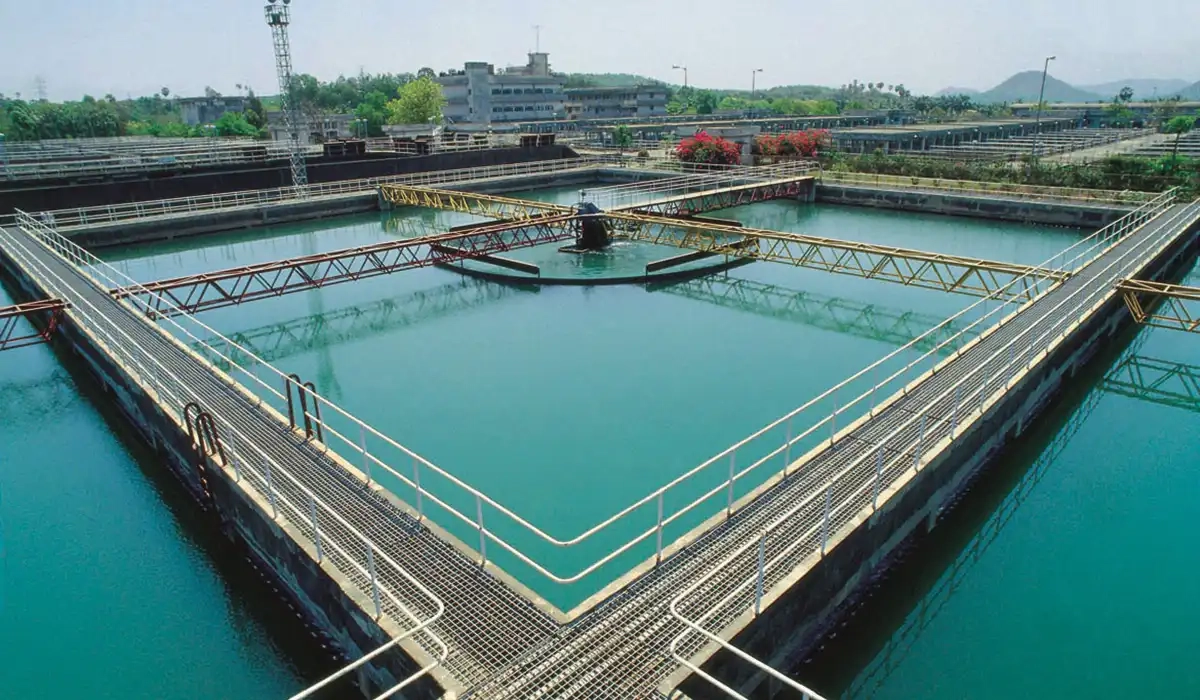
How is the ministry coordinating with the states for addressing the challenges of water management
Regarding water management, as per the constitution, water is a state subject, preventing direct intervention or legislation by the central government. However, recognizing the importance of comprehensive water data, we established a platform to compile and present an entire dataset. Initially, when requesting states to submit geotag and geo-coordinates data for their reservoirs of a specific size, some states were hesitant and unwilling to share the information. In some instances, geo-coordinates provided by the states found reservoirs in the Pacific Ocean. Despite these challenges, through persistent efforts and close collaboration with the states, we successfully created a comprehensive database of all water reservoirs in the country.In 2019, when the Prime Minister launched the 'Jal Shakti Abhiyan,' we identified 256 odd districts across the country where groundwater presented significant challenges. Recognizing the need to increase rainwater harvesting and turn it into a people's movement, senior officers, joint secretaries, and technical officers from my ministry formed teams for each district. These teams visited each district multiple times, creating awareness and promoting water harvesting and afforestation initiatives. The aim was to address the challenges of groundwater in the identified districts and instigate a positive movement towards sustainable water practices.
The momentum for the maintenance and rejuvenation of traditional water bodies, along with activities related to groundwater recharge, created a positive buzz and generated significant demand for their expansion across the country. However, the progress was disrupted in 2020 and 2021 due to the impact of the Covid-19 pandemic.
We need to incentivize farmers to cultivate maize instead of rice paddy. However, the process of transforming agricultural practices in India takes time, and we have initiated this work on a pilot basis. India cannot be transformed in a day.
Please elaborate on 'Catch the Real Rain' program launched by the ministry to harness rainwater.
In 2022, a new initiative called 'Catch the Real Rain' was launched to harness rainwater where it falls, and at the time it falls. Teams were dispatched to all 720 districts of the country to implement this initiative. Additionally, 'Jal Shakti Kendras' were established in every district to serve as centralized hubs for all water-related information. These centers provide maps illustrating how groundwater can be stored and offer guidance on the specific initiatives needed for groundwater recharge in each district and its various regions. The initiative aims to enhance water management practices across the country and empower local communities with the knowledge and resources necessary for sustainable water conservation.The enthusiasm generated by the 'Catch the Real Rain' initiative has led to millions of activities undertaken by states, local bodies, NGOs, and various societies. The continuous efforts, under the leadership of the Prime Minister, to preserve and discuss water-related issues on various platforms, including initiatives like Mann ki Baat, have significantly increased people's concern for groundwater-related activities.
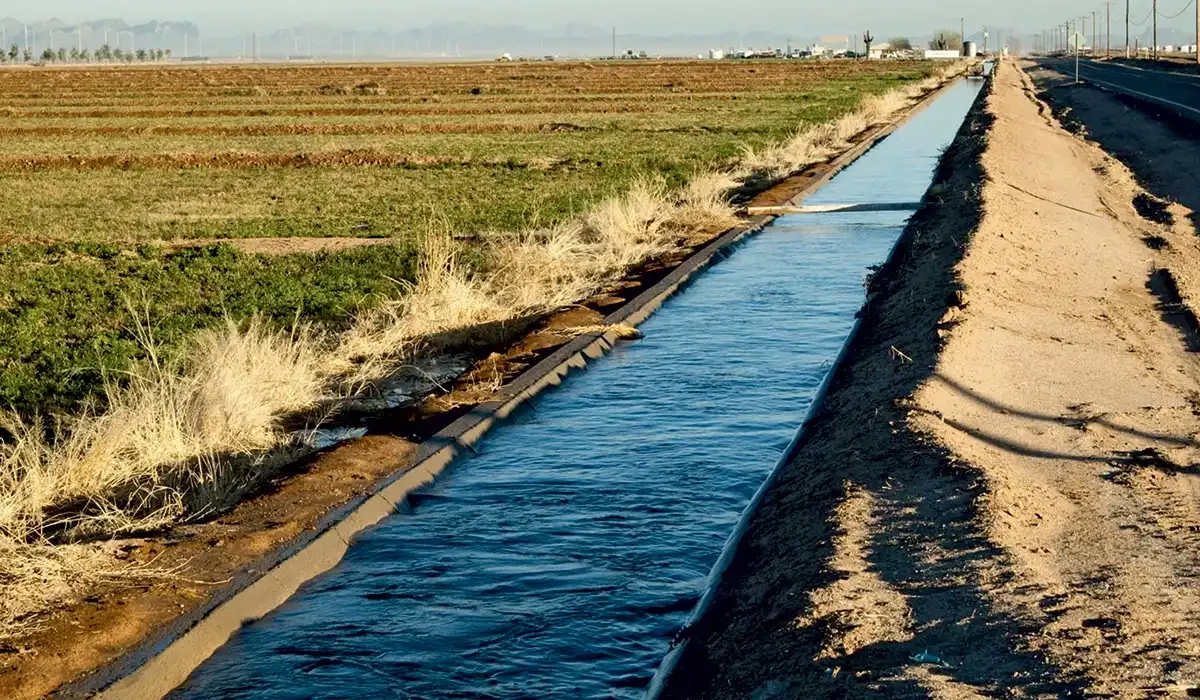
A platform was created to encourage people to contribute by clicking pictures of water bodies they identify, along with geo-coordinates, resulting in the tagging of almost 1.8 million water bodies across the country. Currently, efforts are underway to collect papers and revenue documents for these water bodies to safeguard them from future encroachments.
The Prime Minister wrote letters to each of the 2.5 lakh panchayats and sarpanches, urging them to organize dedicated gramsabha meetings for water-related discussions. This initiative has further supported the gathering of data and raised awareness for water conservation.
Please name some of the e-platforms set up by the ministry for effective water monitoring and management, and other water related activities across the country?
We have established various platforms to enhance water management capabilities. For drinking water, a dashboard has been created, enabling real-time monitoring of the distribution of connections in every village, taluka, and district. It provides details on the recipients, the number of connections, and the expenditure made by each state in the last three days. The National Water Informatics Center provides comprehensive data for every water body and structure in the country.India is one of only three countries globally with the capacity and capability to forecast floods seven days in advance. The sewerage treatment infrastructure in the Ganga basin under the Namami Gange mission, are connected to this advanced system. Real-time data from these facilities is shared with my office, allowing me to monitor which sewerage treatment plant has discharged what quality of water into the river on any given day.
The entire dataset for 150 larger dams, constituting 82 percent of the total reservoir capacity in the country, is accessible. Detailed information on water intake and discharge for each liter is available, allowing for effective monitoring and management. These platforms provide a comprehensive and real-time overview of water-related activities and infrastructure in the country.
The cost of constructing reservoirs, dams, and canals is continually increasing, posing a major concern for the government. Civil engineers need to explore ways to reduce both the cost and time of construction, addressing significant challenges not only for India but also globally.
Another big problem is managing waste plastic and black soil: how is your ministry addressing this issue?
Regarding sludge management, we are converting it into fertilizer and using this organic material as a nutrient source across various areas. In the case of organic waste, several sewage treatment plants have been designed to transform organic waste into energy, creating holistic, zero-energy requirement projects. These initiatives are already operational.Addressing the issue of plastic waste is a priority not only within the river cleaning program but also as part of sanitation efforts under my ministry. The Swachh Bharat Mission falls under our umbrella, and we have begun developing infrastructure for plastic waste management in rural India. Thousands of plastic waste collection and disposal units are either already operational or under construction, contributing to effective waste management practices.
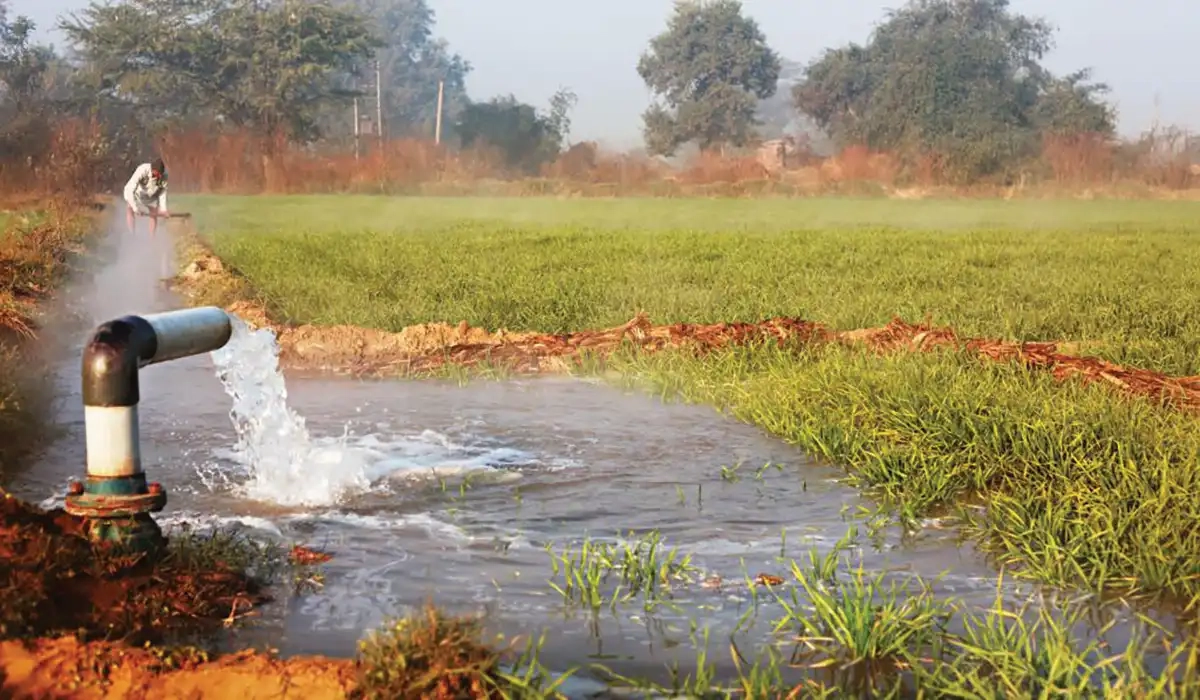
The agriculture sector consumes 89 percent of the total water supply, yet Indian farmers are not utilizing water efficiently in terms of crop yield per drop compared to developed nations. What initiatives is the ministry undertaking to promote and ensure more efficient water usage among farmers?
Though water and agriculture fall under the domain of state subjects primarily, the Government of India actively supports initiatives related to micro-irrigation and spot irrigation. Pilot projects have been implemented to optimize canal networks, aiming to conserve water in these systems.Efforts are being made to reduce water usage for crops, recognizing the significant water requirements in Indian agriculture. For instance, it is observed that the water requirement for growing one kilogram of rice in India is nearly 560 liters, while in China, a similar quantity of rice is cultivated with just 300 liters. Despite having the necessary technologies, seeds, and varieties, their adoption has been limited due to the decentralized nature of agriculture being a state subject.
Working closely with the states, there is a push to promote direct seeding of rice as a method to reduce water usage. However, the ultimate goal is to focus on crop diversification. Some states have taken commendable initiatives in this regard, such as Haryana's 'Paani Bachao, Paisa Kamao' (Save Water, Earn Money) program, which aim to incentivize and promote sustainable agricultural practices that not only conserve water but also contribute to the economic well-being of farmers.
Our primary objective for treated sewage water is its consumption, either by industries or for agricultural purposes. We have entered into agreements with refineries and thermal power plants, as they are major water consumers. By encouraging the utilization of treated water by these industries, we aim to reduce their reliance on freshwater from rivers.
Furthermore, we are incentivizing state governments, urging them to utilize as much treated water as possible. Treated water is highly beneficial for agricultural purposes in farm fields, and promoting its usage aligns with our goal of sustainable water management.
We have established various platforms to enhance water management capabilities. For drinking water, a dashboard has been created, enabling real-time monitoring of the distribution of connections in every village, taluka, and district.
What steps is your ministry taking towards the repair and rehabilitation of canals and barrages to ensure their longevity?
The canals in our country, constructed before Independence, still serve their purpose despite being ‘kachha’ line canals. However, they are vulnerable structures that require ongoing attention. Our ministry is actively involved in the Canal Area Development and Water Management (CADWM) program. We provide assistance to states for upgrading their existing canal structures and systems. Our focus is on preventing situations where the construction of canals and reservoirs of dams occurs in a piecemeal manner. We aim to ensure that any project we undertake is designed holistically and completed simultaneously.As mentioned above, work on the world's largest Dam Rehabilitation Program is already undergoing with an aim to enhance the safety and efficiency of dams across the country.
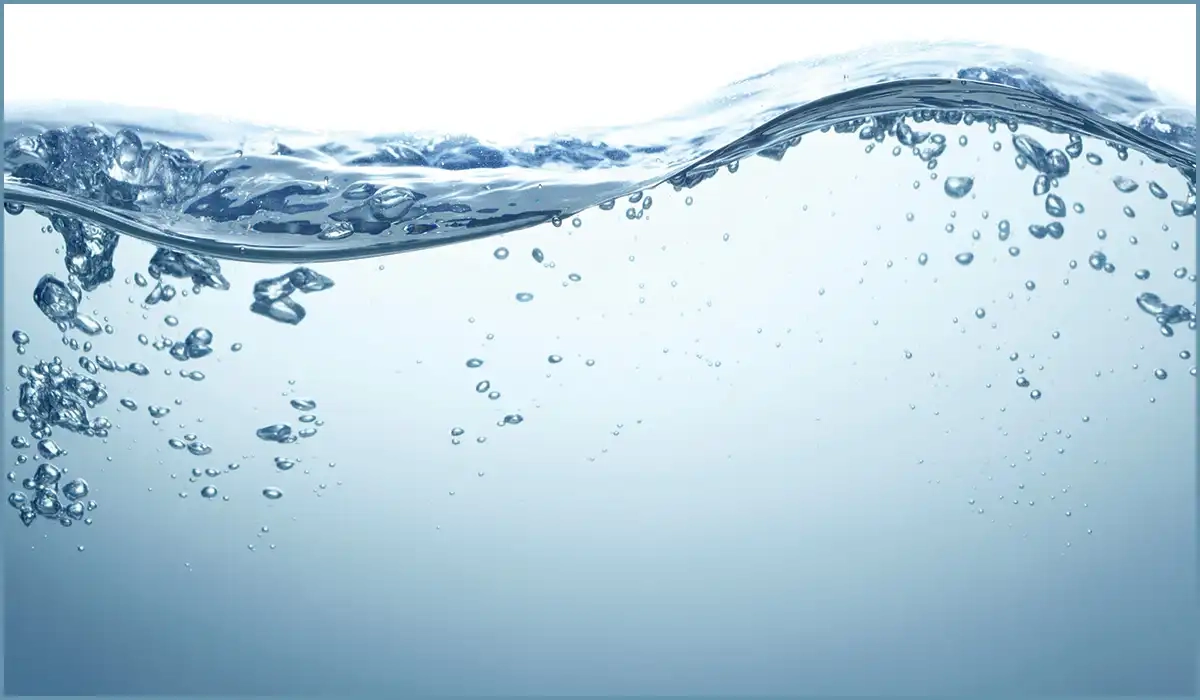
The construction of dams, barrages, and canals remains a primary focus of your ministry. Nowadays, numerous advanced construction methods, materials, and technologies are available, offering faster and more sustainable construction approaches. How is your ministry exploring and considering these newer aspects to enhance construction processes?
The cost of constructing reservoirs, dams, and canals is continually increasing, posing a major concern for the government. Civil engineers need to explore ways to reduce both the cost and time of construction, addressing significant challenges not only for India but also globally. Simultaneously, attention is focused on minimizing transmission and renovation losses in water supply systems. Engineers must find cost-effective solutions, considering that highly specialized irrigation pipe networks, while effective, can be prohibitively expensive for countries like India.Efforts are being directed towards developing low-cost water transmission technologies as a viable alternative. Additionally, there is a need to integrate systems to make use of abundant tube wells and hand pumps constructed over the past few decades for groundwater recharge structures. In the drinking water spectrum, a new initiative has been launched to create an organized infrastructure for testing drinking water quality, addressing a long-standing gap in the country's water management practices.
Please elaborate on the Jal Jeevan Mission that aims to provide safe drinking water to every household across the country.
Beyond river cleaning, India is working on the world's largest program, the Jal Jeevan Mission, to provide drinking water to every household. This initiative reflects a commitment to ensuring access to clean and safe drinking water for all citizens. The United Nations recognized the last decade as the 'Decade of Restoration of Natural Resources,' and India's initiatives have been acknowledged among the top global efforts.Through the Jal Jeevan Mission, our objective is to provide continuous access to quality drinking water in the prescribed quantity. The program aims to deliver a total of 19.4 crore connections to rural households. When the Prime Minister announced this initiative, only 16 percent of people in rural India had access to drinking water through taps in their homes.
Despite losing two years due to the Covid-19 pandemic, more than 73 percent of the rural population now receives drinking water in their homes. This translates to nearly 14 crore people who have been provided with new connections through the Jal Jeevan Mission. By the end of 2024, we hope to achieve the milestone of connecting every household in the country.
NBM&CW - February 2024



